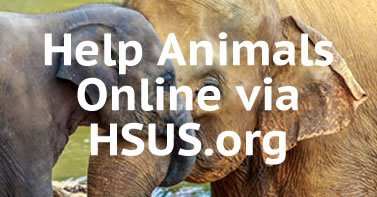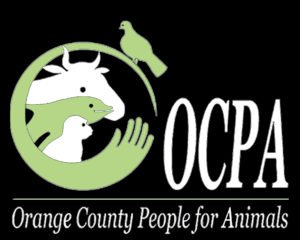The big business of vivisection wants you to believe that science must use animals in experimentation for human safety and to advance medical health.
Billions of dollars are involved in breeding, grants, fundraising and salaries. Those enmeshed in this industry will do everything they can to perpetuate their profits, including misleading the public about the efficacy of animal experimentation.
Animal experimenters would have you believe that animal suffering is minimal in laboratories. In fact, the cruelty perpetrated by vivisectors every day, every minute, is so overwhelming it is at first difficult to grasp.
There are now very effective replacement techniques available to use in place of animal tests such as computer models, in-vitro testing and more. Although great progress has recently been made toward the use of these animal alternatives in science and in the classroom, there are still many corporations, institutions and other entities who profit from animal research and do not want to implement humane change: scientists, physicians, hospitals, regulation agency bureaucrats, pharmaceutical companies, medical conglomerates, politicians, animal breeders and vendors, animal equipment manufacturers, lawyers, reporters and the news media, among others.
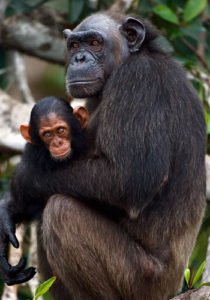
Vivisectors (animal experimenters) attempt to recreate the symptoms of human diseases or injuries in healthy animals through deliberate, artificial and often violent methods. Similar symptoms may be created in the animal, but these similarities bear little resemblance to actual diseases in human beings, which usually arise as the result of a complex pattern of factors that cannot be replicated in the laboratory. Western (allopathic) medicine, based on vivisection, focuses almost exclusively on suppressing or disguising symptoms, rather than treating the original cause of the disease.
Ninety percent of human diseases are caused by environmental impacts or lifestyle choices. The need for cures is largely a myth created to sustain a multi-billion dollar medical structure.
Animals are very different from each other and different from humans. Even species that seem similar, such as rats and mice, react differently to different drugs. Researchers themselves acknowledge that, because of species specificity, information obtained from animal experimentation is not reliably applicable to humans. Sometimes the information used from animal experiments is so inaccurate that it results in harm to humans, as when a drug must be recalled because of unexpected side effects. If animal testing was accurate, this would never occur.
 Vivisectors care little for the animals they use. Dogs, cats (some former companion animals), monkeys, mice, horses, pigs and many, many other species are scalded, poisoned, sliced, drugged, terrorized, mutilated, electrocuted, buried alive, drowned, starved, and irradiated. After they are sacrificed (vivisectors’ term for killing), they are thrown away and more animals obtained for new experiments.
Vivisectors care little for the animals they use. Dogs, cats (some former companion animals), monkeys, mice, horses, pigs and many, many other species are scalded, poisoned, sliced, drugged, terrorized, mutilated, electrocuted, buried alive, drowned, starved, and irradiated. After they are sacrificed (vivisectors’ term for killing), they are thrown away and more animals obtained for new experiments.
For these people, divorced from their natural human sympathies for suffering, animals are not living, feeling beings but only a means to an end.
For product testing, animals are force-fed huge quantities of toxic substances such as bleach, nail polish, shampoo, and insecticides until they burst, bleed to death or die of convulsions. Their fur is shaved and caustic substances poured onto bare skin to measure the degree of blistering.
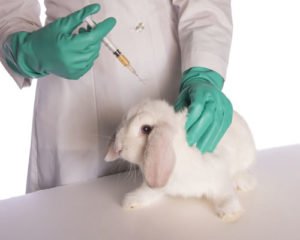 Based on an assumption that animals respond the same way that humans do when exposed to certain products, vast numbers of animals – such as mice, rabbits and rats – are still subjected to cruel and painful tests in order to assess the safety of cosmetic, personal care, household products, chemicals, medical devices, and component ingredients.
Based on an assumption that animals respond the same way that humans do when exposed to certain products, vast numbers of animals – such as mice, rabbits and rats – are still subjected to cruel and painful tests in order to assess the safety of cosmetic, personal care, household products, chemicals, medical devices, and component ingredients.
Doctors agree that these worthless tests do nothing to guarantee safety for people, but are performed only to protect companies against possible litigation. Furthermore, even though the tests have already been conducted on animals for a particular drug or product, U.S. agencies require that the companies repeat the same tests on animals in order to receive approval.
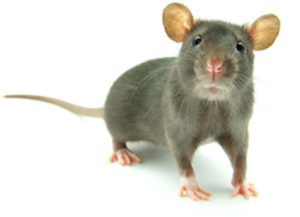 Reactions to the exposure of these products vary among species. As is commonly discovered at a later time, drugs and products deemed “safe” for animals end up unsafe for human consumption – and vice versa. Recent discoveries in the field of alternatives have led to better testing techniques that do not involve live animals.
Reactions to the exposure of these products vary among species. As is commonly discovered at a later time, drugs and products deemed “safe” for animals end up unsafe for human consumption – and vice versa. Recent discoveries in the field of alternatives have led to better testing techniques that do not involve live animals.
Millions of animals, including over 170 species, are dissected or vivisected in schools and universities each year. Some of the species used include cats, baby pigs, mink, frogs, insects, squid, earthworms, turtles, rats, mice, foxes, dogs, and birds.
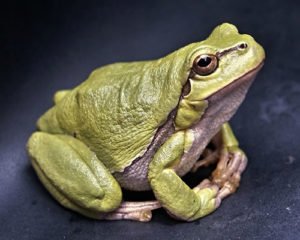
While most of the animals used in schools and universities are acquired as dead specimens, many are subjected to painful and lethal procedures while still alive. Animals are also obtained from fur farms and slaughterhouses – as if those poor animals hadn’t already endured enough abuse and agony in their lives.
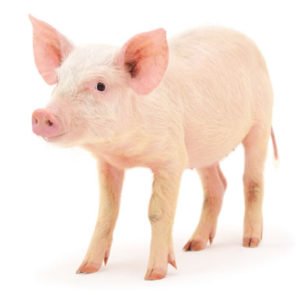 A number of countries no longer conduct classroom dissections on animals. Interestingly in the U.S., no state board of education requires dissection participation in order to graduate, nor is it a prerequisite to enter any college or university.
A number of countries no longer conduct classroom dissections on animals. Interestingly in the U.S., no state board of education requires dissection participation in order to graduate, nor is it a prerequisite to enter any college or university.
Thankfully, progress is being made for the animals and educators are now utilizing alternatives to dissection. In many cases, this has been in response to student refusals to dissect animals and to public demand for animal alternatives in educational settings.

